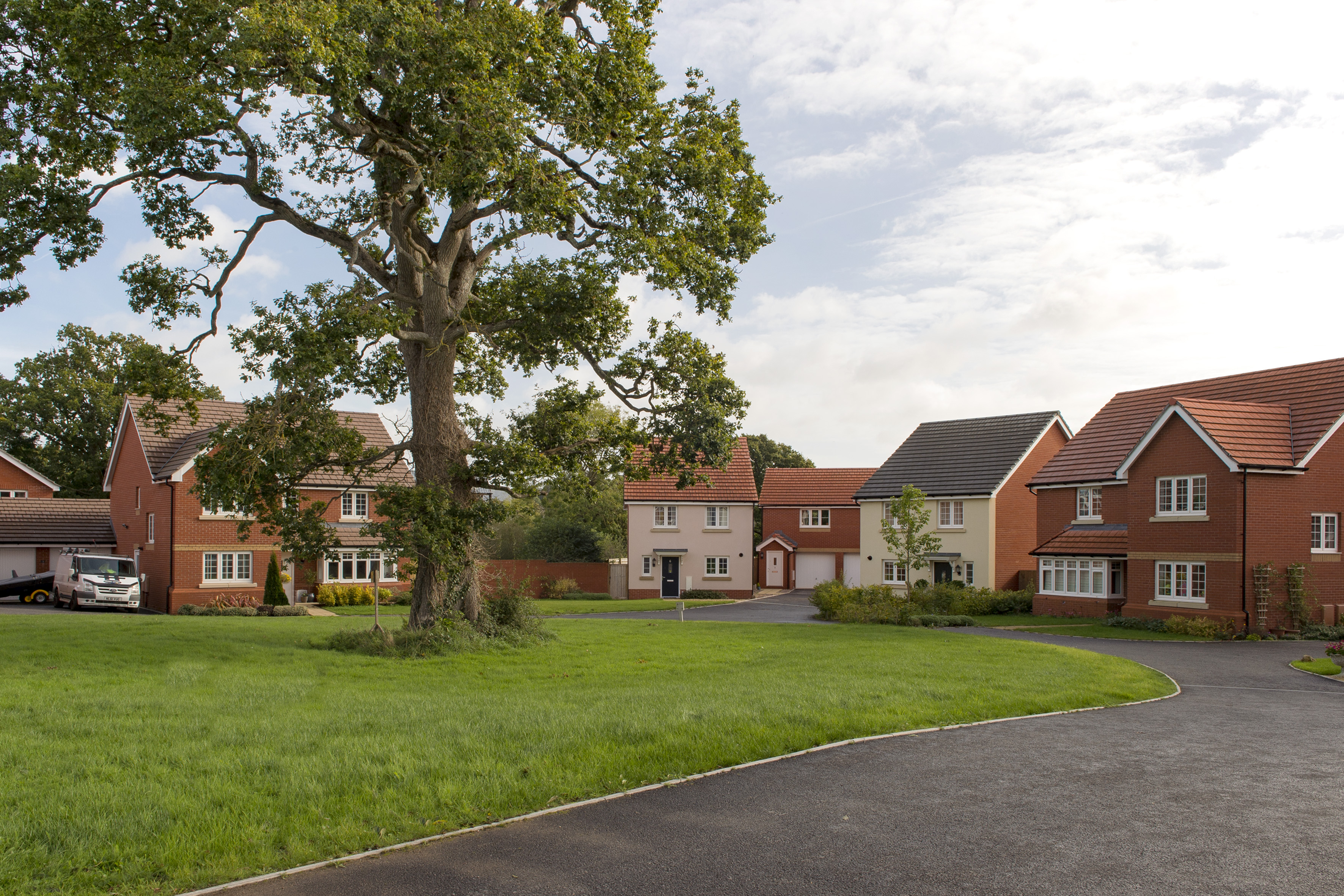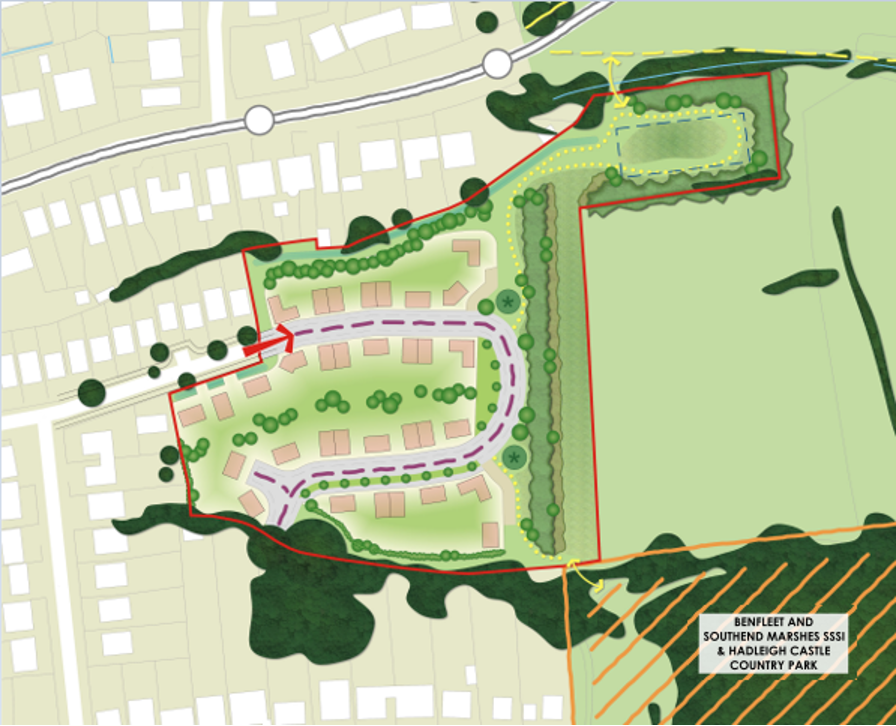
A SUSTAINABLE SCHEME
Vistry Group’s aim is to deliver sustainable new homes and developments, and this will apply to the land off Glyders in South Benfleet.
The site benefits from access to existing local facilities and there will be the opportunity to provide improved infrastructure.
Our proposals will feature new pedestrian routes as part of our scheme that will encourage and promote greener transport.
Our green vision for the development would also include the provision of electric vehicle charging points.
We will also deliver a net gain in biodiversity and landscaping improvements, such as boundary tree planting.


ENVIRONMENTAL FOCUS
Buildings will be constructed using a ‘fabric first’ approach, ensuring they are as efficient as possible.
This is particularly important given Vistry Group’s commitment to helping local authorities to meet their carbon reduction targets.
Our approach to design aims to promote green infrastructure. The proposed new community will create a network of versatile green spaces, including areas for play, open spaces, tree-lined streets, private gardens, and Sustainable Drainage Systems (SuDS).
Vistry Group works in partnership with the British Hedgehog Preservation Society and has formed a new partnership with the Bat Conservation Trust to help protect these important species.
The firm is also now part of the business supporters of the Bumblebee Conservation Trust, with the aim of ensuring that its sites across the country are helping to support bumblebees and other important wildlife.
SUSTAINABLE CONSTRUCTION
Vistry Group achieved a recycling total of 95% in the most recent annual figures available (from 2020).
It buys only FSC/PEFC certified timber and supports schemes such as the National Community Wood Recycling Project, which in 2020 reused 686 tonnes of the firm’s surplus timber.
Vistry Group’s goal is to achieve a 5% reduction in waste intensity tonnes/unit whilst retaining a recycling rate of over 95%.

